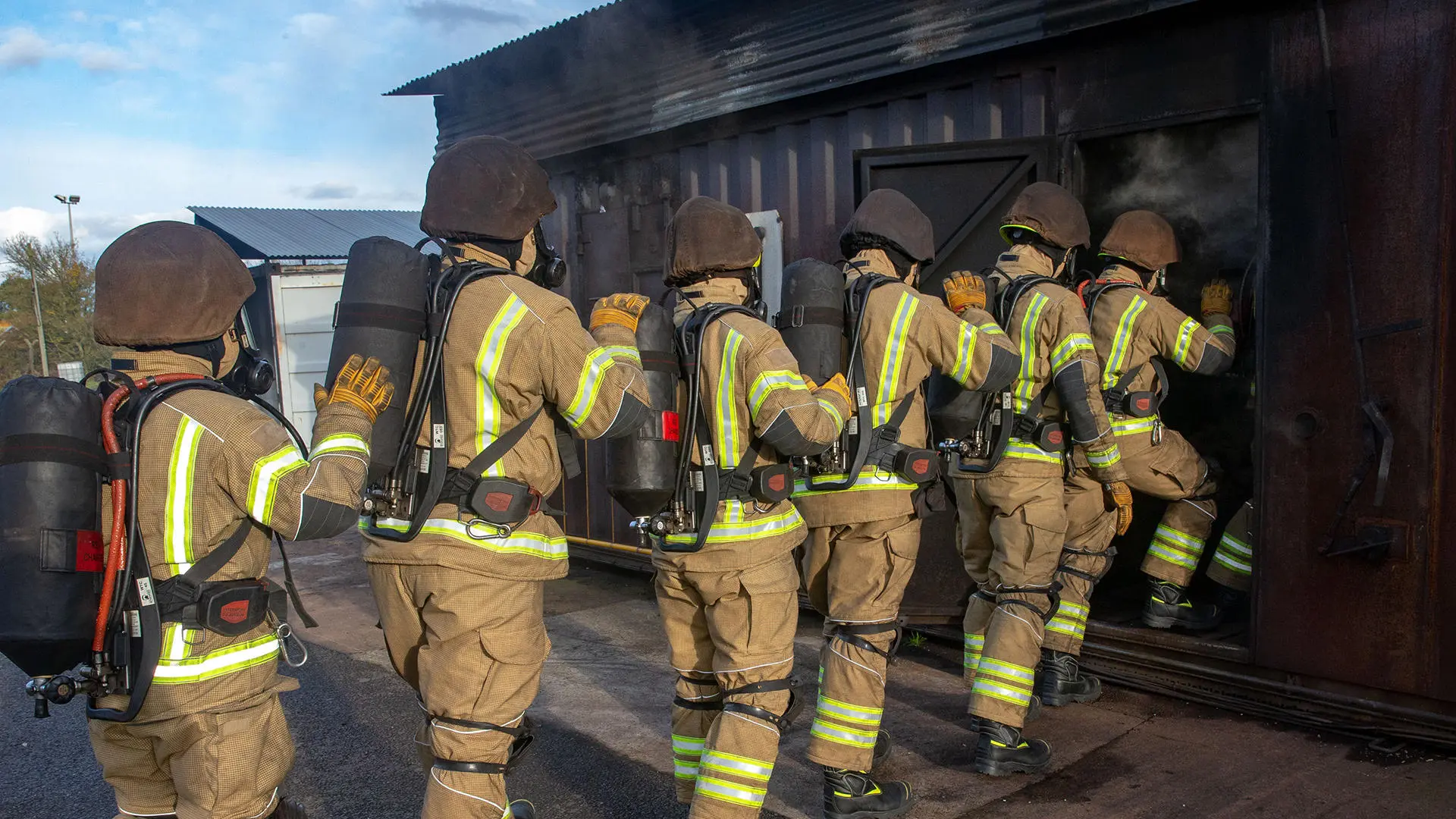Cone calorimetry (ISO 5660)
This instrument has become a standard bench scale model of early flaming. In particular, it replicates the penetrative burning seen as fire burns into a specimen. It is used as a standard test and as a research tool to understand the burning characteristics and decomposition/combustion of polymers under a range of conditions.
In addition to normal, standard test measurements, a range of special research tools are available including techniques to probe into the flame and decomposition zones and extract samples for analysis under both normal and restricted burning conditions.
This has become the established small-scale standard for measuring the rate of heat release and the effective heat of combustion from a burning polymer under a controlled radiant heat source (ISO 5660 part 1). Heat release rate is the major cause of fire spread and growth, and the timing and magnitude of the peak rate of heat release (PRHR) and the short term (e.g. 3 minute) average rates of heat release are the single most important factor in predicting fire growth rate. The cone is established as the principal technique for the measurement of a number of fire and flammability hazard parameters for early or well-ventilated fires. The cone calorimeter can also be used to determine smoke generation (ISO 5660 part 2).

